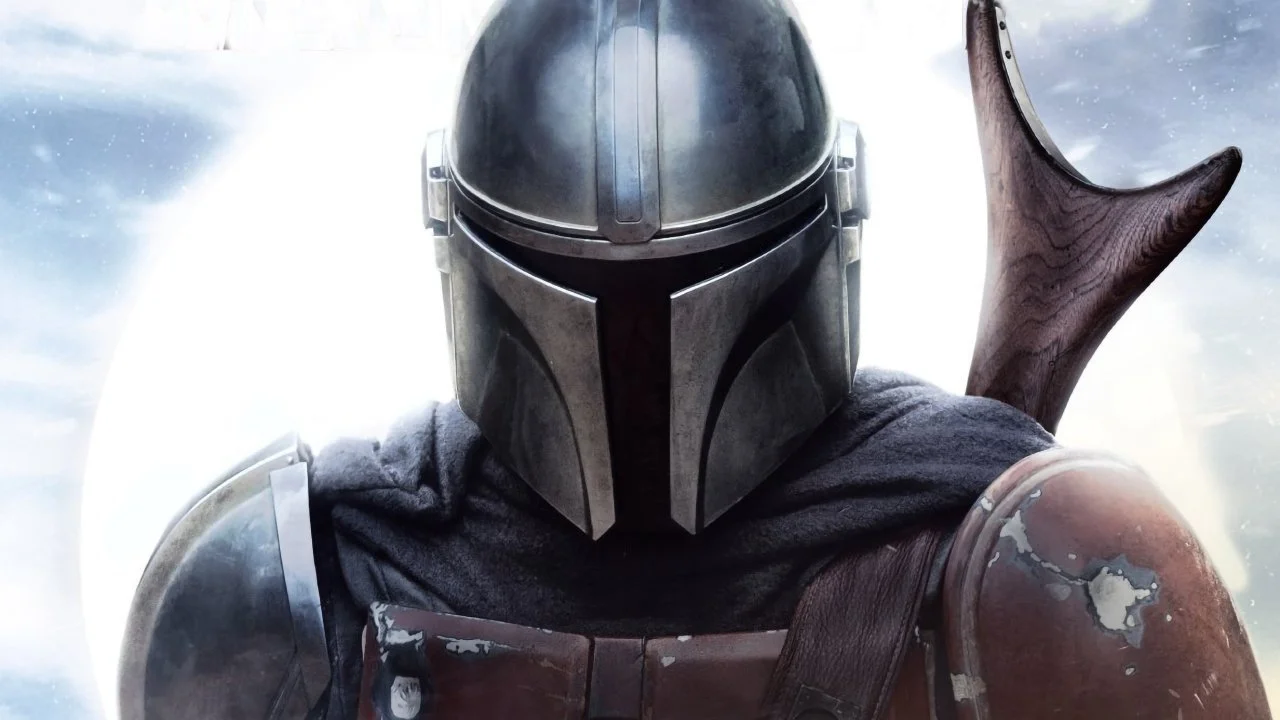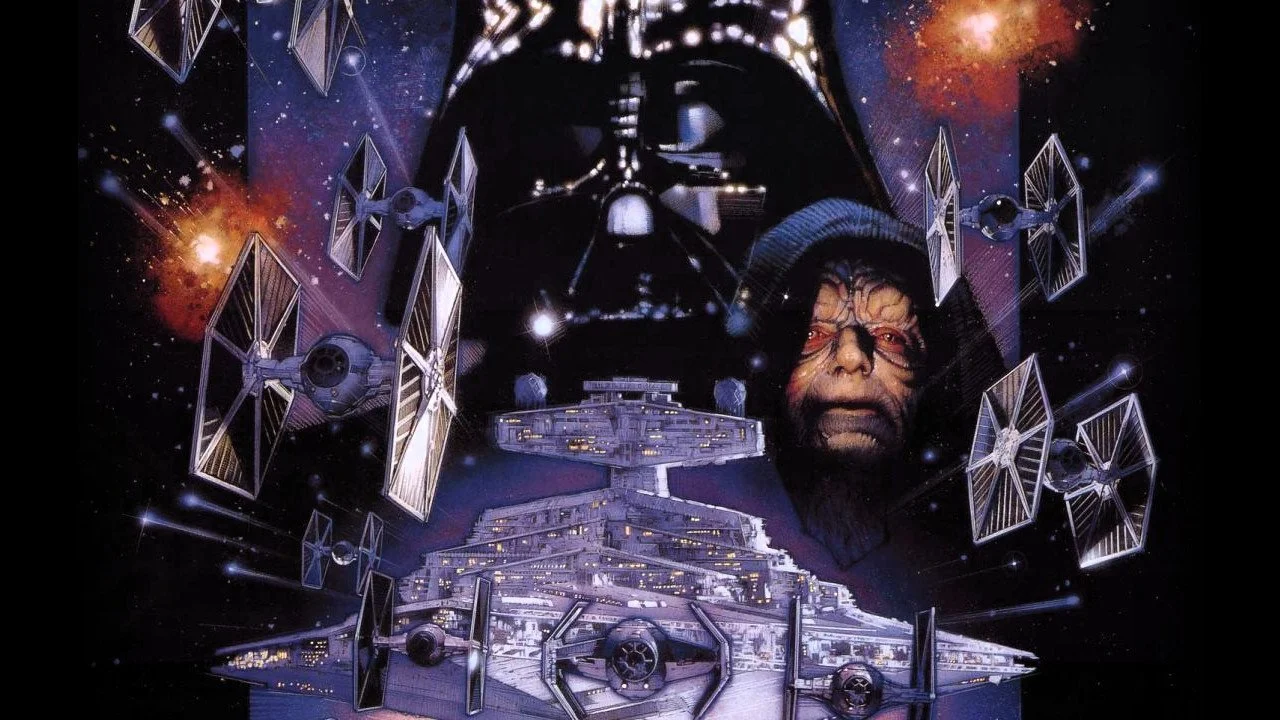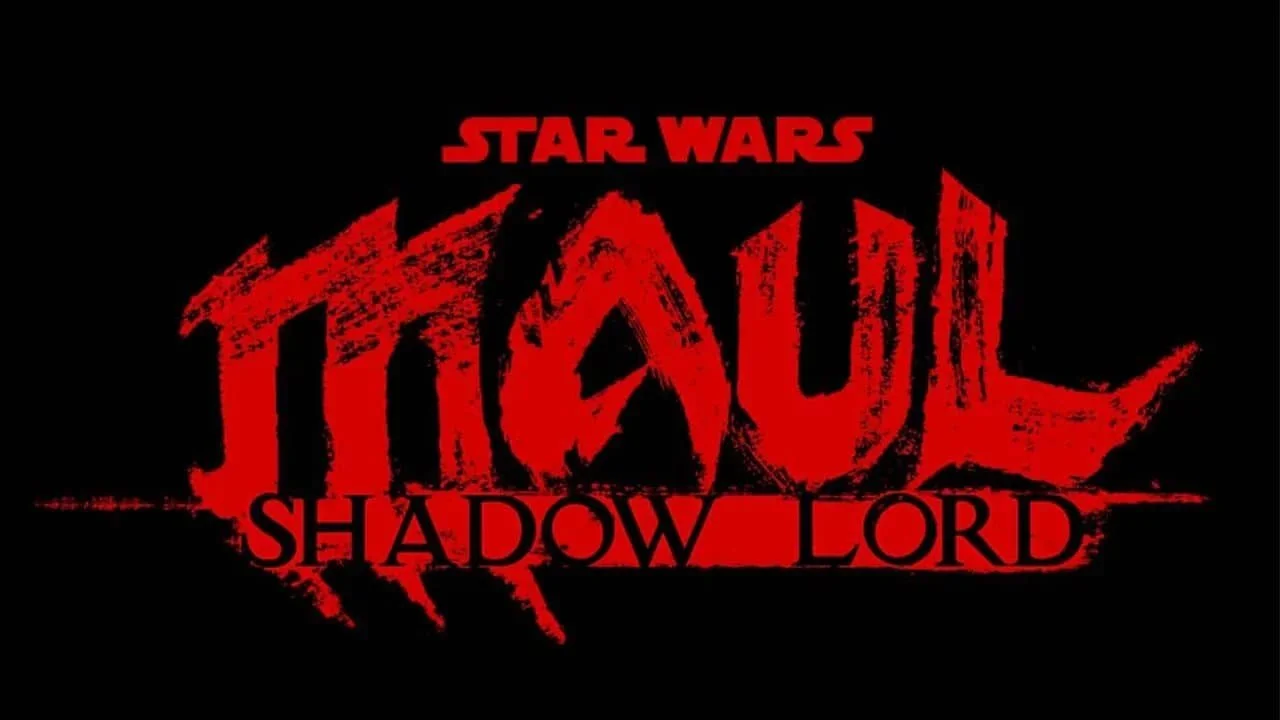How 'The Mandalorian' Solved The Problem Of Helmets In Hollywood
Image Source: Wallpapers Den
Helmets have long been a problem for writers and directors. Despite their practicality as protective headgear and their necessity in certain types of scenes or settings, they just flat out get in the way. Whether it’s because it’s hiding the face of an actor/actress or because it’s literally masking character emotion in a scene where transparency is desired, the helmet will always be a bane to production teams. How, then, has The Mandalorian been able to find such great success, regardless of its main character’s proclivity to hide his face? The answer: they made his helmet more important to fans than his face.
It may sound odd, but it is true. Over two seasons, The Mandalorian has set certain expectations, one of which is that when it comes to Din Djarin, the helmet stays on. It’s a simple fix, but an effective one; there’s no need to worry about complaints when the name of a character is linked more largely with their costume than their actor. With no offense to Pedro Pascal, this is most definitely the case when it comes to Mando. Creating that type of synonymous relationship between character and costume also allows the scenes without the armor (such as Din removing his helmet being removed to say goodbye to Grogu) to carry greater weight with the audience.
RELATED:
Making fans not care about seeing a character’s face is only half the battle. The Mandalorian creators still had to solve the issue of conveying emotion without having a face to use as a guide. For the solution to this problem, the team relied heavily on actor Pedro Pascal, as well as the camera crew and editing teams. With his face taken out of the equation, Pascal uses ranging inflection in his voice, along with subtle body language, to give viewers an idea of what’s going on in his head. Coupled with the strategically focused and framed shots, not to mention the lore of the character built through story, this leaves us with no doubt that we know exactly how Din is feeling in any given moment.
READ NEXT:
Source:












